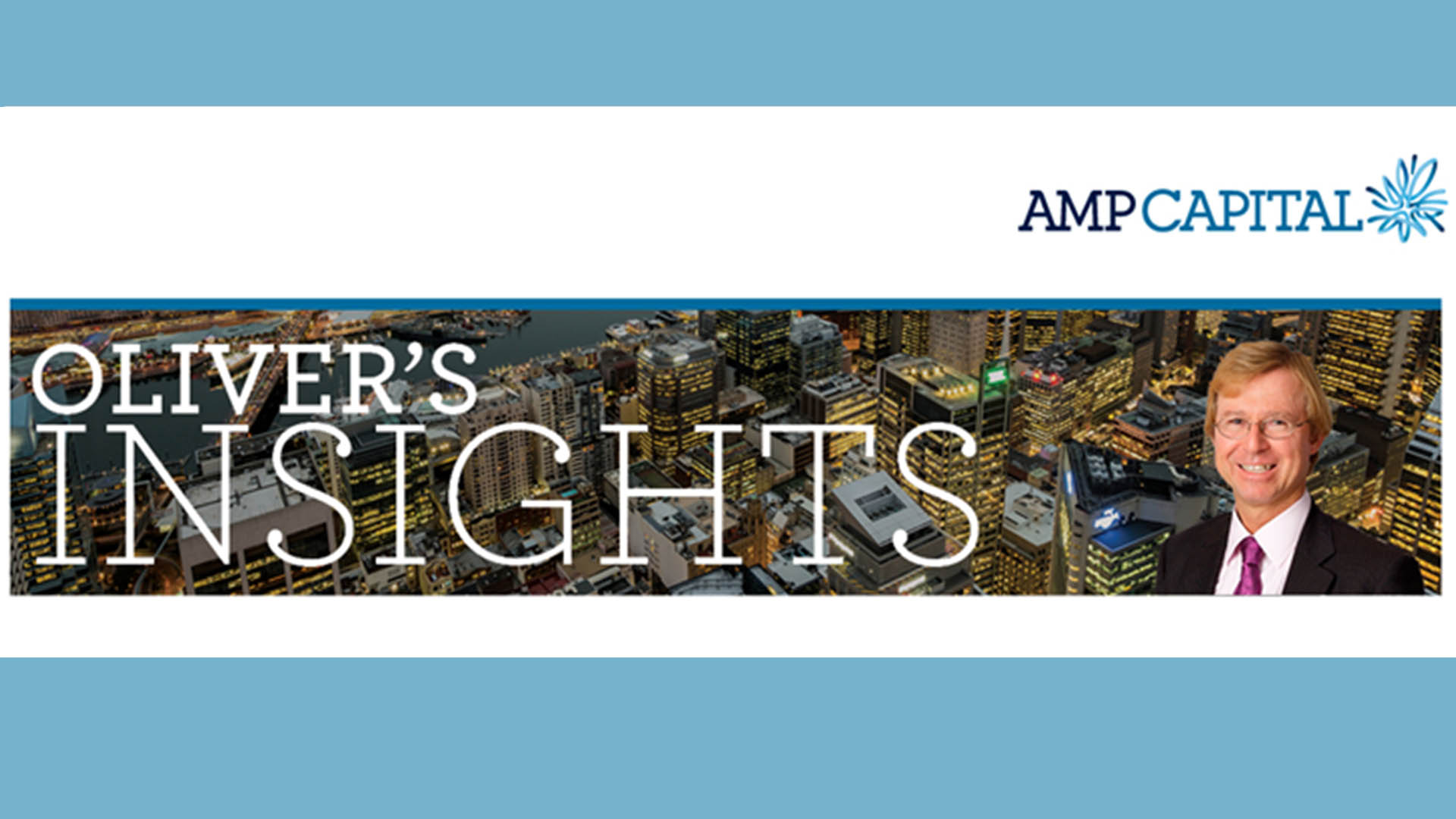The Reserve Bank has raised interest rates for an eighth straight month, lifting its key cash rate by another 0.25% to a 10 year high of 3.1% as it continues to try and get inflation under control.
The rate rise came a day before the September quarter national accounts and economic growth data will show that the economy is still expanding, but at a slowing rate.
Much of the blame for the slowing can be put on the surge in inflation, especially energy prices, and the succession of rate rises by the Reserve bank which have knocked house prices lower, forced consumers to start trimming purchases and lowered expectations.
The cash rate is now the highest level since 2012 and will certainly go higher in 2023, as the bank suggested in the post board meeting statement from Governor Philip Lowe.
He said higher rates were needed to push inflation down from three-decade highs, signalling further hikes will be necessary in 2023, even as inflation starts to moderate.
“There has been a substantial cumulative increase in interest rates since May. This has been necessary to ensure that the current period of high inflation is only temporary,” Dr Lowe said in a statement on Tuesday.
“High inflation damages our economy and makes life more difficult for people. The Board’s priority is to re-establish low inflation and return inflation to the 2–3 per cent range over time.”
“The Board expects to increase interest rates further over the period ahead, but it is not on a pre-set course,” Governor Lowe said in the statement.
“It is closely monitoring the global economy, household spending and wage and price-setting behaviour.
“The size and timing of future interest rate increases will continue to be determined by the incoming data and the Board’s assessment of the outlook for inflation and the labour market.
The decision came at the bank’s final meeting for 2022 – it doesn’t meet again until February.
Household spending is being targeted by the RBA in the expectation that they will reduce their demand for goods and services and make it harder for firms to pass on further price increases without losing sales.
Dr Lowe said on Tuesday that the pace of price increases is starting to abate, but that it would be some time before inflation returned to target.
“The Board recognises that monetary policy operates with a lag and that the full effect of the increase in interest rates is yet to be felt in mortgage payments,” he said.
“Household spending is expected to slow over the period ahead although the timing and extent of this slowdown is uncertain.”
That means 2023 and 2024 will be tougher years for millions of people than 2022 has been as we approach the end of the year.
In a note late yesterday, AMP Chief Economist, Shane Oliver wrote:
“Further rate hikes from here will exceed the tightening cycles seen since 1990. Prior to 1990 the RBA cash rate was not officially announced, and short-term rates were very volatile.
In the period January 1988 to November 1989 the overnight cash rate rose from 10.6% to 18.2% but mortgage rates were more regulated then and “only” rose from 13.5% to 17%.”
“Of course, household debt as a share of income was only 68% back then whereas its now 187% so rates shouldn’t have to go up anywhere near as much as they did in the 1980s to slow spending and hence inflation,” Dr Oliver noted.













